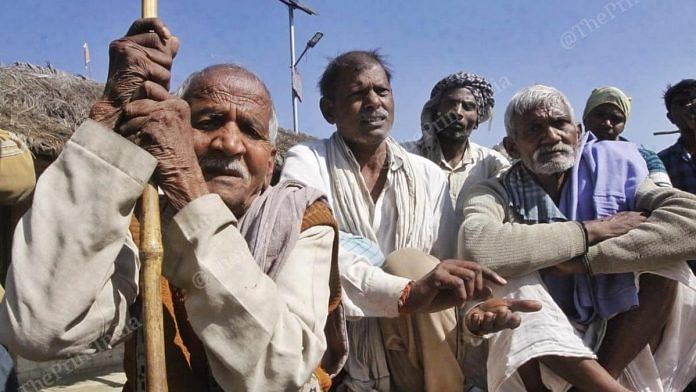The Budget for 2020-21, presented by Finance Minister Nirmala Sitharaman in Parliament, has not lived up to the expectations when it comes to pushing India’s rural demand and tackling deficit.
While a single Budget can’t take care of each and every problem in the economy, it has to provide a roadmap for it. It is good that the government has looked at medium to long-term solutions in Budget 2020 and will have to work on reforms throughout the year, but it shouldn’t lose focus on short-term solutions either. India’s need of the hour is to increase demand.
Rural demand
We were hoping for different measures that can push demand, in general, and rural demand, in particular. But Budget 2020 has not done enough for schemes that generate rural income.
For instance, the allocation for Mahatma Gandhi National Rural Employment Guarantee Act (MGNREGA) scheme saw a marginal rise from FY2019 but actually a dip in terms of the estimated figure. The government has allocated Rs 61,500 crore, when the revised estimate for current year is Rs 71,000 crore. Ideally, a scheme like MGNREGS should not exist forever, but in times like these, when demand is not growing, it can put money in an average consumer’s pocket.
And the MGNREGA scheme helps people at the bottom of the pyramid, whose marginal propensity to consume is closer to 1. So, a Rs 1,000 going to them will almost immediately come back into the system in the form of consumption.
It is a bit disappointing then that the budgetary allocation of Rs 61,500 crore for MGNREGS is only marginally higher than FY2019 — Rs 60,000, which itself was lower than the amount spent in FY2018. But FY2020 allocation is 9 per cent less than the projected estimate. This is one area the government should have focussed more on to spur demand in the short-term.
One would argue that in order to generate rural demand, the government will spend more on rural schemes throughout the year. That puts even more pressure on expenditure.
The fiscal arithmetic proposed in Budget 2020, in that case, looks even less convincing and stressed.
Also read: Modi’s swagger is reserved for social policy, but it’s the economy that really needs it
Unconvincing fiscal arithmetic
The entire Budget arithmetic is based on one number — the nominal GDP growth — which has been pegged at 10 per cent for FY2021.
Now, let’s look at the Economic Survey, which places real GDP at 6-6.5 per cent. Add to it, the 3.3-3.8 per cent GDP deflator, and you will achieve that 10 per cent growth.
In reality, however, this 6 per cent GDP growth is difficult to achieve. And what about inflation? India can reach even 11 to 12 per cent nominal GDP growth, but there will be high inflation. In economic theory, this is called inflation tax.
If 3.8 per cent inflation deflator looks okay, and 6 per cent GDP growth appears stressed, then can we get a tax buoyancy of 1.2? So, the government is going exactly the same way as it did in Budget 2019, where the GDP numbers and tax buoyancy were optimistic, and India went into the worst economic slowdown. Both GDP and tax buoyancy came down. It shows the sensitivity of these numbers.
And the government is banking a lot on the National Social Security Fund (NSSF), the market and investors to fund its receipts. Now, if any of these don’t play as per the script, then financing of fiscal deficit will become challenging.
And it points to another big problem — India’s huge fiscal deficit.
Deficit, in itself, isn’t bad per se, but the reason it is being created is. If the deficit is being created to finance current consumption, then the quality of deficit is deteriorating. And that is bad for the economy, which is already in a slowdown.
Also read: Modi’s Budget 2020 is less taxing for startups, salaried class. Not so for e-commerce giants
Decline in savings
Another issue with Budget 2020 is that while India’s savings rate is declining, it seems to be pushing citizens to consume rather than save.
In an economy where there is no social security benefit as such and domestic savings are low, being fixated on increasing consumption won’t help. Also, the infrastructure projects in the pipeline — NIP — depends on domestic, long-term savings of people. It will further lead to financing challenges.
Overall, though, there have been some big pushes in the Budget — for farmers, taxpayers, LIC listing. But the finance minister should have been more open about the measures being taken in these tough times. India must focus on rural programmes to generate demand.
The author is the chief economist, India Ratings & Research. Views are personal.




But factor of spending on Mgnrega is 0.3 and infra spending is 3.0 for economic growth.